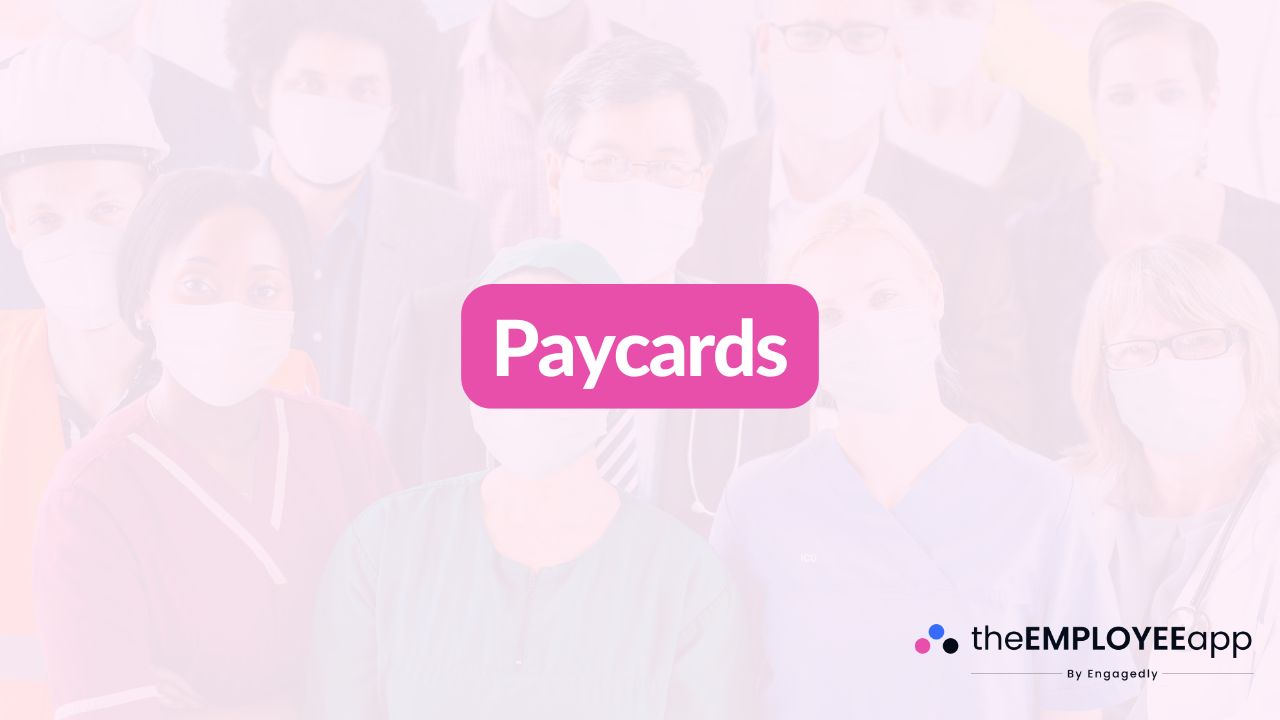
Introduction
As payroll practices evolve, many organizations are moving away from paper checks and traditional banking methods. One popular alternative is the use of paycards. A paycard is a prepaid card issued to employees as a method of wage payment. Instead of receiving a paycheck or direct deposit, employees’ earnings are automatically loaded onto the card each pay period.
Paycards are widely used across industries, especially for hourly, part-time, and frontline employees who may not have easy access to traditional bank accounts. They provide a flexible, secure, and efficient way to distribute wages while offering employees more immediate access to their earnings.
What Are Paycards?
A paycard is a reloadable prepaid card that functions like a debit card. Employers deposit wages directly onto the card, and employees can then use it to withdraw cash, make purchases, or pay bills. Paycards are often linked to major payment networks such as Visa or Mastercard, which means employees can use them almost anywhere traditional debit cards are accepted.
How Do Paycards Work?
The process is straightforward:
Employers set up a payroll system that supports paycards.
Each payday, wages are electronically transferred to employees’ paycards.
Employees can access their money through ATMs, retail purchases, online shopping, or bill payments.
Some paycards also allow cash back at point-of-sale transactions or free withdrawals at certain ATMs.
This method removes the need for paper checks and provides a digital alternative for employees without bank accounts.
Why Employers Offer Paycards
Paycards simplify payroll distribution and reduce administrative costs for employers. Printing, distributing, and reconciling paper checks can be expensive and time-consuming. By switching to paycards, companies can cut costs while ensuring employees are paid securely and on time.
Additionally, paycards can improve financial inclusion. For workers who do not have a bank account, paycards provide a safe and reliable way to receive wages without relying on costly check-cashing services.
Benefits of Paycards
For Employees:
Immediate access to wages: Funds are available on payday without needing to visit a bank.
Convenience: Works like a debit card for purchases, bill payments, or cash withdrawals.
Financial inclusion: Provides access to electronic payments for workers without bank accounts.
Security: Eliminates the risk of losing or misplacing paper checks.
For Employers:
Lower payroll costs: Reduces expenses tied to printing and distributing paper checks.
Efficiency: Faster, streamlined payroll processing.
Reduced absenteeism: Employees don’t need to leave work early to cash checks.
Compliance: Many paycard programs meet wage payment regulations while offering modern alternatives.
Potential Drawbacks of Paycards
While paycards are convenient, there are some considerations:
Fees: Some cards may charge for ATM withdrawals, balance inquiries, or inactivity. Employers should choose low-fee or no-fee options.
Education: Employees need to understand how to use their paycards to avoid unnecessary charges.
Acceptance: Although widely accepted, some smaller businesses may not take card payments.
Best Practices for Employers Using Paycards
Select the right provider: Choose a paycard program with transparent fee structures and broad accessibility.
Educate employees: Provide clear information on how to use the card, withdraw funds, and avoid fees.
Offer multiple payment options: Paycards should complement—not replace—direct deposit and paper checks.
Ensure compliance: Stay aligned with labor and wage laws that govern electronic wage payments.
Support financial wellness: Encourage employees to use paycards for budgeting and responsible financial management.
The Role of Paycards in Modern Payroll
As digital payment methods expand, paycards are bridging the gap between employees and financial institutions. They offer employers a cost-effective solution while giving employees greater convenience and financial independence. For the frontline workforce, especially those without bank access, paycards can be a game-changer in ensuring timely, secure pay.
Conclusion
Paycards represent a modern payroll solution that benefits both employees and employers. By providing a secure, accessible, and efficient method of wage distribution, paycards reduce payroll costs and give workers greater financial flexibility. As companies continue to prioritize digital transformation and employee convenience, paycards will remain a valuable tool in payroll and labor practices.
